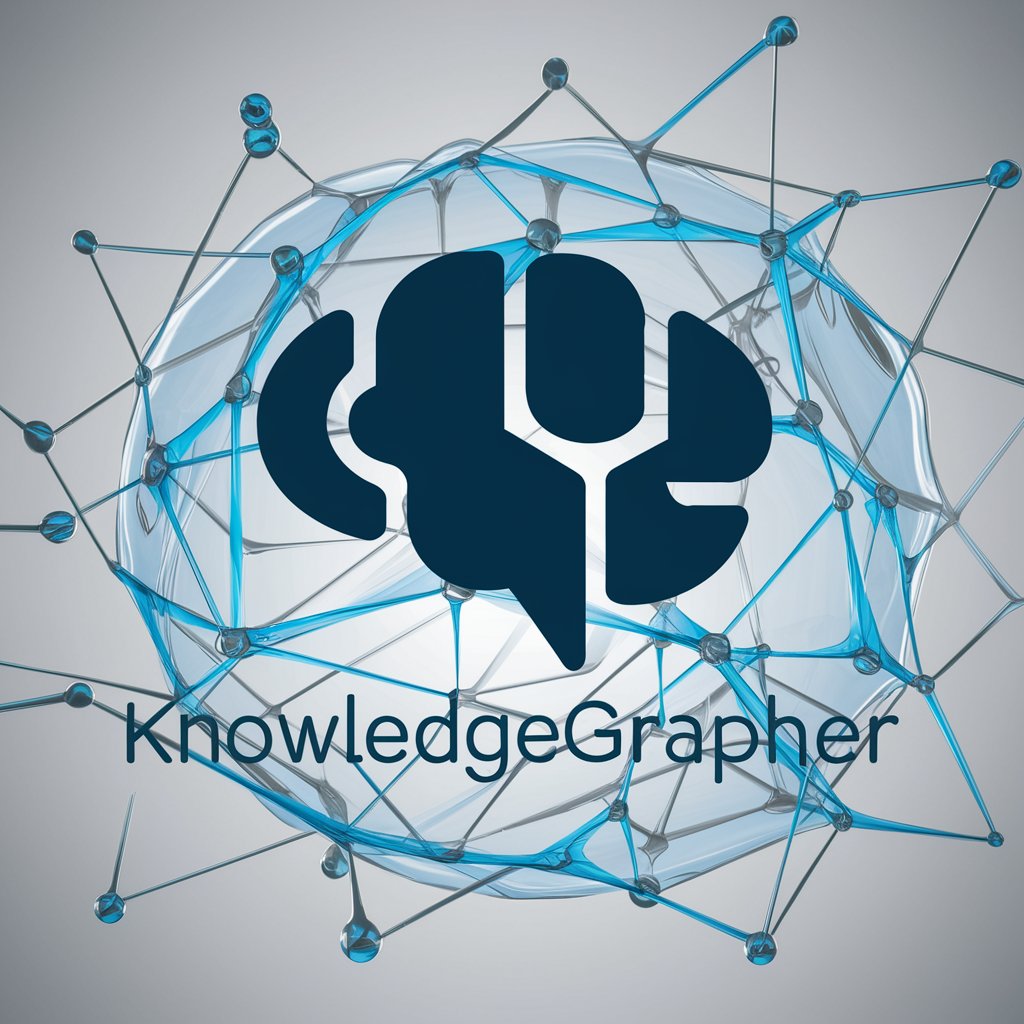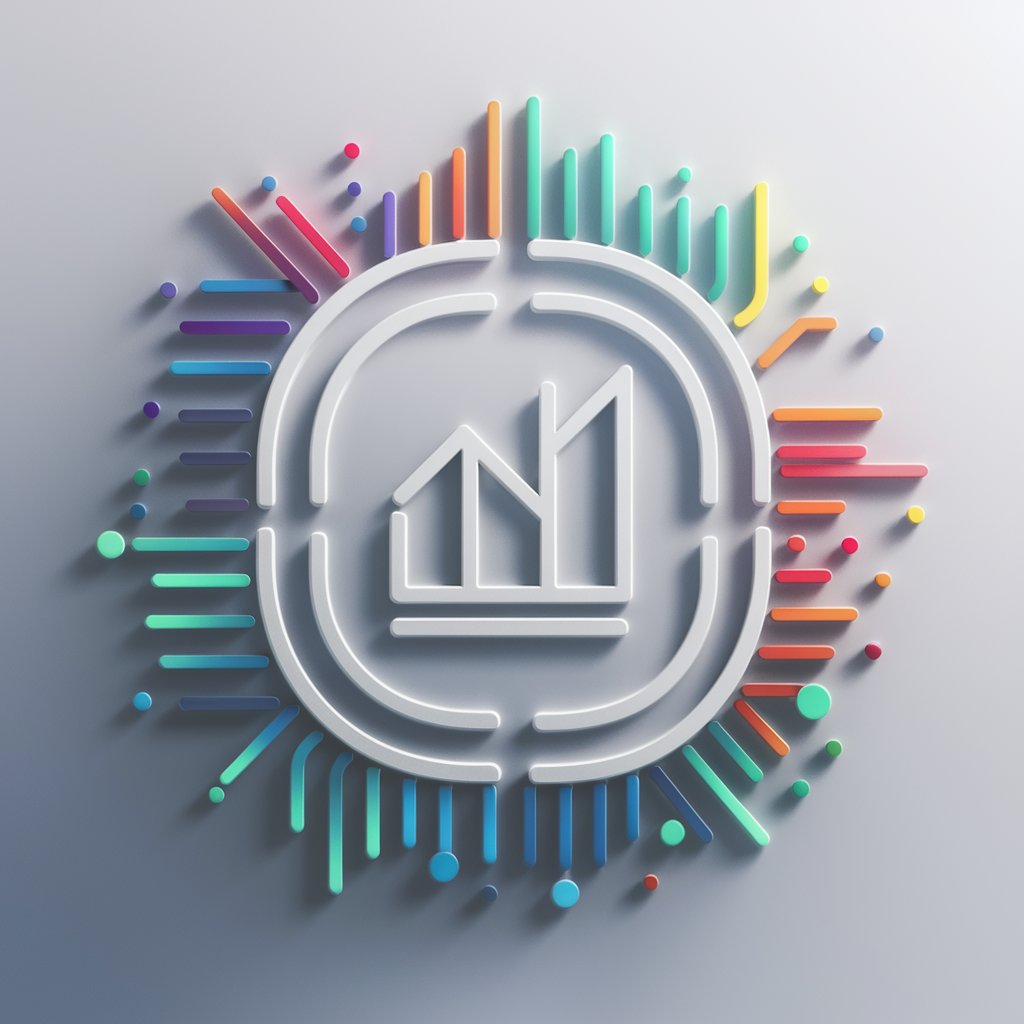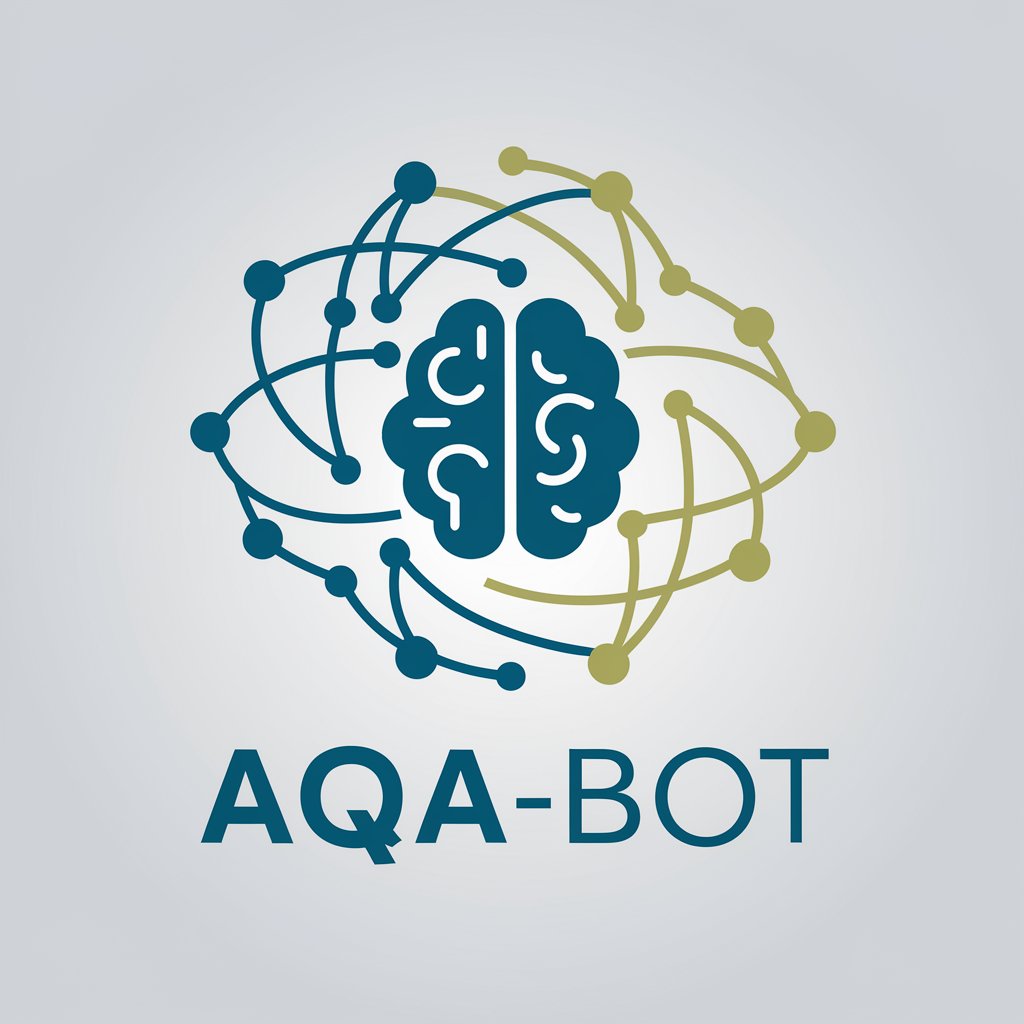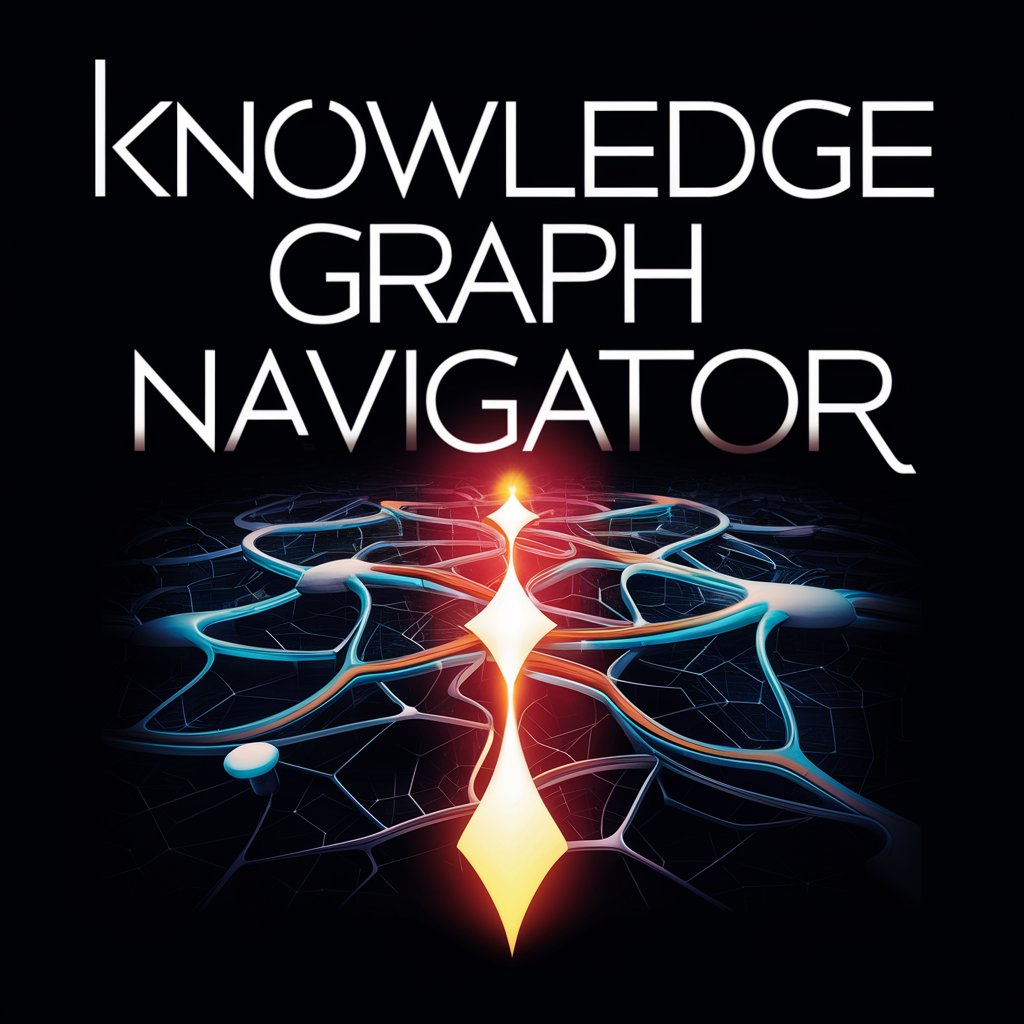
Knowledge Graph Builder - AI-powered knowledge graph builder

Hi! Describe a relationship or update for the graph.
AI-powered tool to visualize relationships
Describe a relationship to visualize in the graph.
Give me details to update the graph's colors.
Which entity should be deleted or updated?
Get Embed Code
Introduction to Knowledge Graph Builder
The Knowledge Graph Builder is a tool designed for creating directed knowledge graphs, visualizing relationships between entities in a structured and interactive way. The core function of this tool is to help users organize and represent complex data sets by showing the interconnections between different entities, enabling easy identification of relationships, hierarchies, and networks. It uses three primary types of instructions: relationships (between entities), color specifications (to distinguish entities or categories), and entity deletions (to refine the graph). By utilizing advanced graphing techniques like NetworkX and Matplotlib, Knowledge Graph Builder ensures clarity and high fidelity in its visualizations. **Example Scenario:** Suppose a user needs to map the relationships in a corporate structure where 'Manager A' oversees 'Team B,' which includes 'Employee C' and 'Employee D.' The user inputs these relationships in the format '[Manager A, oversees, Team B],' '[Team B, includes, Employee C],' and so forth. Knowledge Graph Builder creates a directed graph where the entities are clearly labeled, and connections between them are accurately represented. Powered by ChatGPT-4o。

Main Functions of Knowledge Graph Builder
Relationship Mapping
Example
Users can input relationships like '[Company, owns, Subsidiary]' or '[Person A, supervises, Person B].' The relationships are directional and establish clear connections between two entities.
Scenario
A company wants to visualize its subsidiaries, key stakeholders, and partnerships. By inputting all these relationships, the organization can generate a knowledge graph to better understand the hierarchy and cross-entity collaborations within their ecosystem.
Entity Color Coding
Example
By specifying colors for different entities (e.g., '[Person A, #FF5733]'), users can visually distinguish between different categories or types of entities.
Scenario
A research team is building a graph of academic papers and authors. To quickly differentiate between 'papers' and 'authors,' they color-code authors in blue and papers in green. This color-coding allows for better readability and quicker identification of relationships.
Entity Deletion
Example
If an entity is no longer relevant to the graph or needs to be refined, users can delete it using the format '[DELETE, EntityName].'
Scenario
A project manager wants to remove outdated project information from a network map. By specifying deletions (e.g., '[DELETE, Project A]'), they can clean up the graph and keep only relevant, up-to-date information.
High-Fidelity Visualizations
Example
Using libraries like Matplotlib and NetworkX, the graphs generated are not only functional but also visually precise, with appropriate labels, colors, and layouts to ensure clarity.
Scenario
A scientific organization is building a complex graph to showcase the interactions between various biochemical processes. The graph needs to be both accurate and readable, with labels for each entity and process. High-fidelity visualizations ensure that even intricate relationships are displayed clearly.
Real-Time Updates and Refinement
Example
Users can continuously update and refine their knowledge graphs as new information becomes available, ensuring that the graphs are dynamic and evolving.
Scenario
A financial institution is tracking real-time relationships between various stock market players, mergers, and acquisitions. As new deals are made, they input new relationships into the knowledge graph to keep it current and reflective of market dynamics.
Ideal Users of Knowledge Graph Builder
Researchers and Academics
Researchers who need to map complex relationships, such as authorship networks, citation graphs, or conceptual connections between theories, would greatly benefit. This tool allows them to visualize intricate data sets in a clear, meaningful way, making it easier to spot patterns, trends, and gaps in the data.
Business Analysts and Consultants
Business professionals looking to understand organizational hierarchies, supply chain relationships, or market ecosystems can use Knowledge Graph Builder to create graphs that visually represent these networks. This can aid in strategy development, performance analysis, and stakeholder management.
Data Scientists and Engineers
Data scientists working with large, interconnected data sets—such as social networks, transaction flows, or recommendation systems—can use this tool to explore and analyze relationships within the data. It supports a visual approach to understanding complex algorithms and relational datasets.
Project Managers
Project managers can use Knowledge Graph Builder to map project resources, dependencies, and team structures. This helps in identifying bottlenecks, managing workflows, and communicating organizational structure to stakeholders.
Government and Policy Analysts
Government agencies or policy analysts examining relationships between entities—such as public agencies, stakeholders, laws, and regulations—can create knowledge graphs to visualize the interconnectedness of various elements. This helps in identifying leverage points and understanding systemic effects in policy planning.

How to Use Knowledge Graph Builder
1
Visit yeschat.ai for a free trial without login, also no need for ChatGPT Plus.
2
Prepare your input by clearly defining entities, relationships, and optional colors. Relationships are in the form [ENTITY 1, RELATIONSHIP, ENTITY 2] and color assignments use [ENTITY, COLOR].
3
Input your data into the tool following the specified formats. Ensure the relationships are clearly directional, and double-check color codes for accuracy.
4
Generate the graph. The system will visualize entities and their relationships, assigning specified colors or default ones if none are provided.
5
Refine the graph as needed by adding or deleting entities and relationships, then export your final graph for presentations, analysis, or other uses.
Try other advanced and practical GPTs
Empathy Mirrors
Visualizing Gender Dynamics with AI
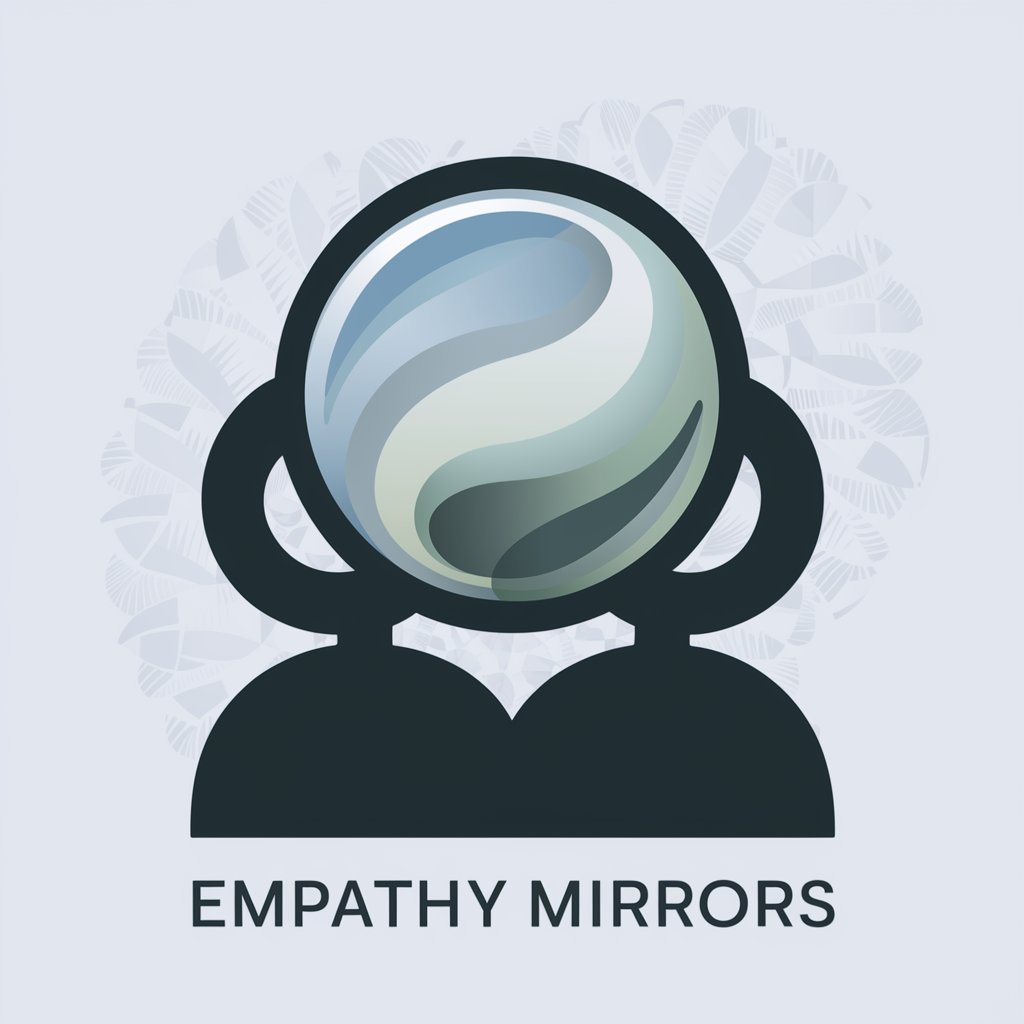
Empathy Mirrors
Visualizing Gender Dynamics with AI
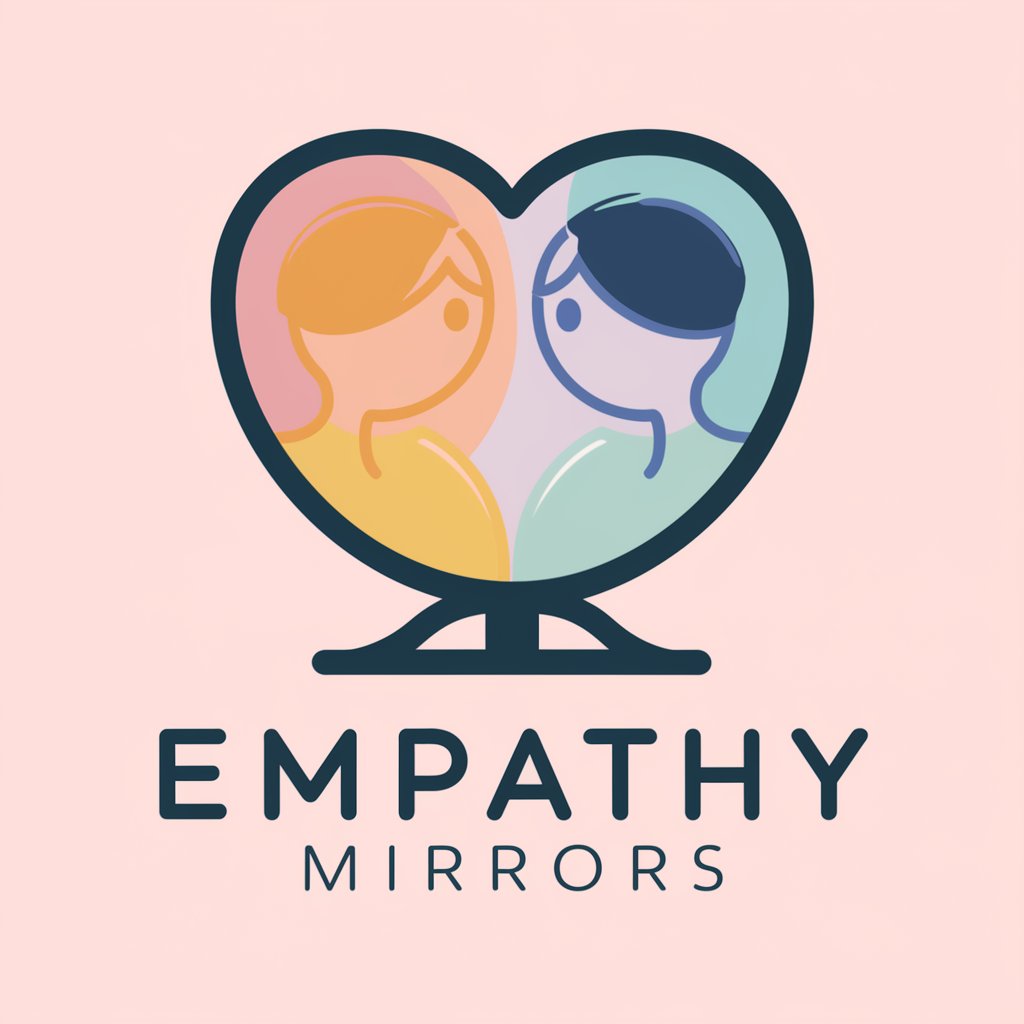
Books Points
Personalized learning from every page.
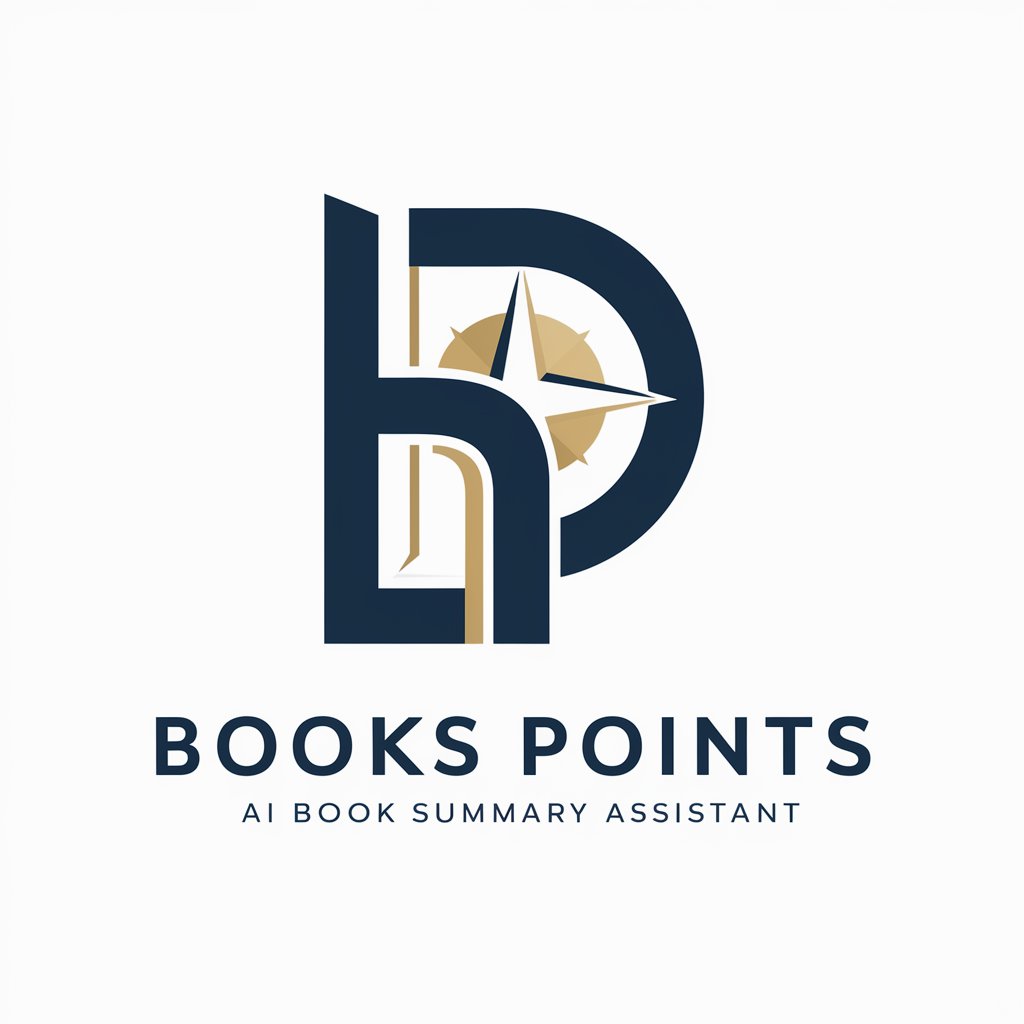
Serenity Points
Empower Your Wellness with AI
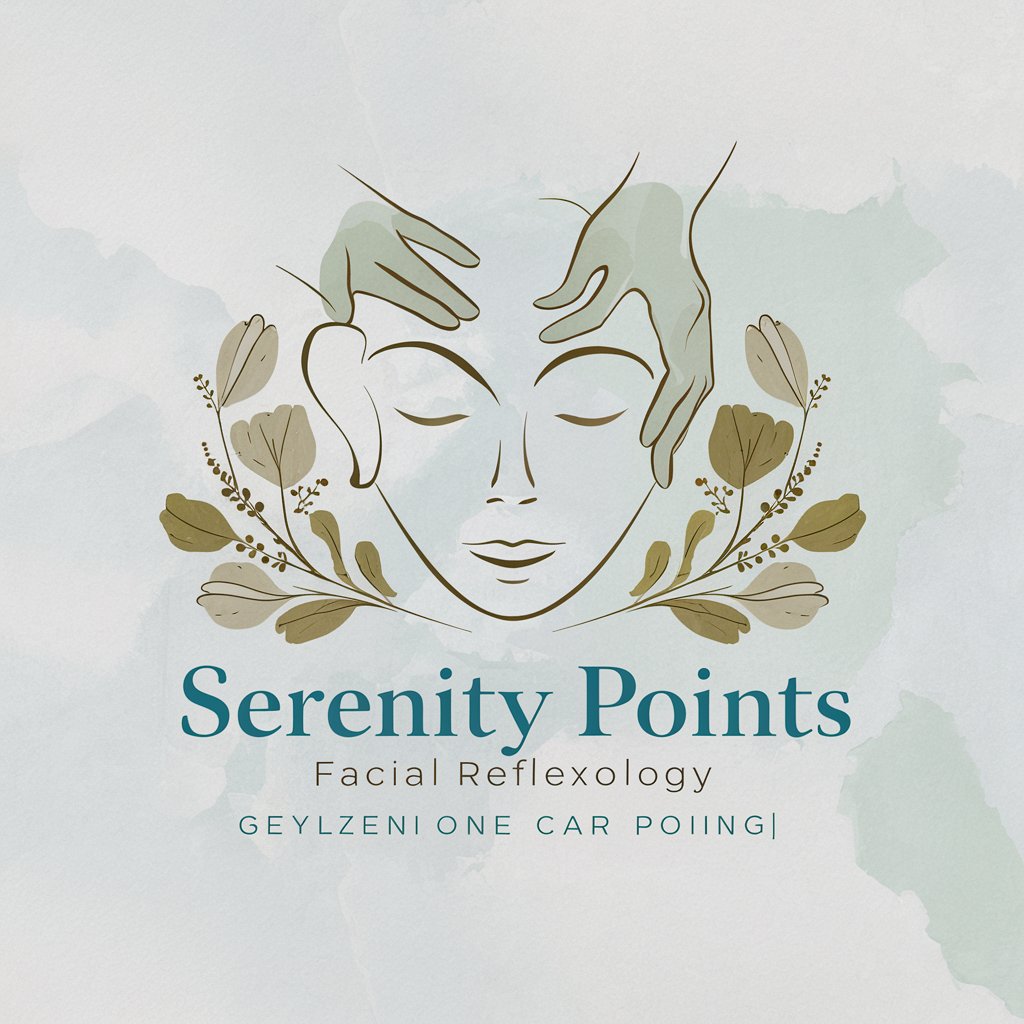
Concise Points
Clarity at the Speed of Thought
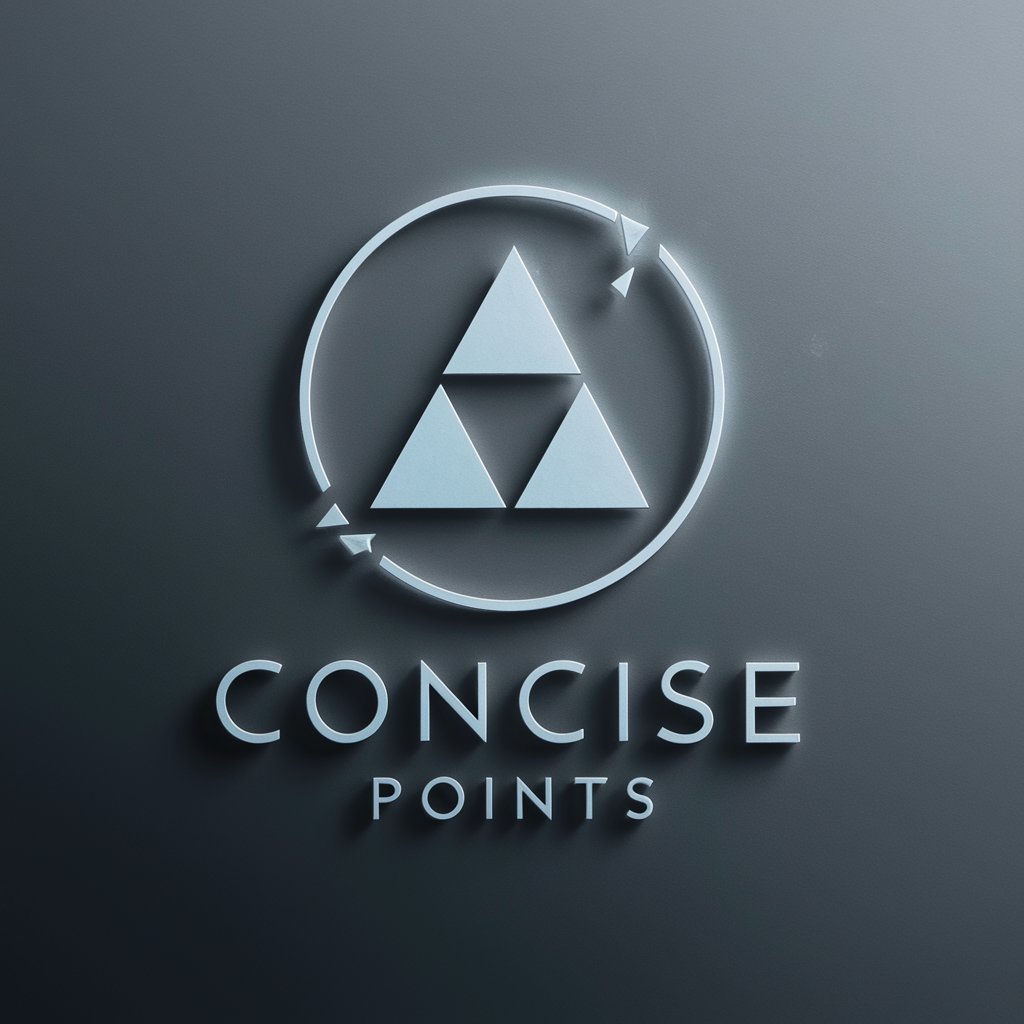
Test Ace Tutor
AI-Powered Test Prep Mastery
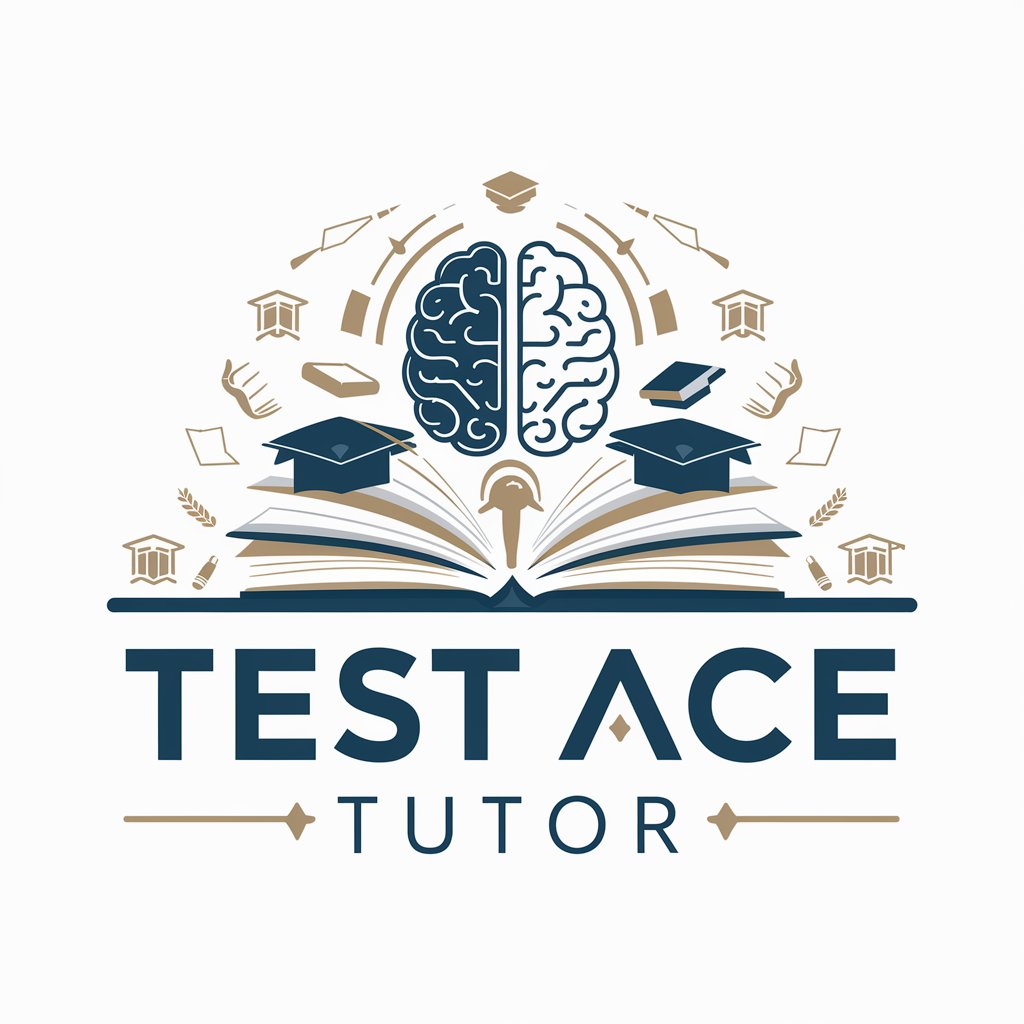
Sparkling Maid
Your AI-Powered Cleaning Companion

Cyber Security Advisor
Elevate Security with AI

Elective courses advisor
Optimizing your course path with AI.

Juntas pela Bike
Empower Your Ride with AI

StoryCraft
Craft Your Adventure with AI
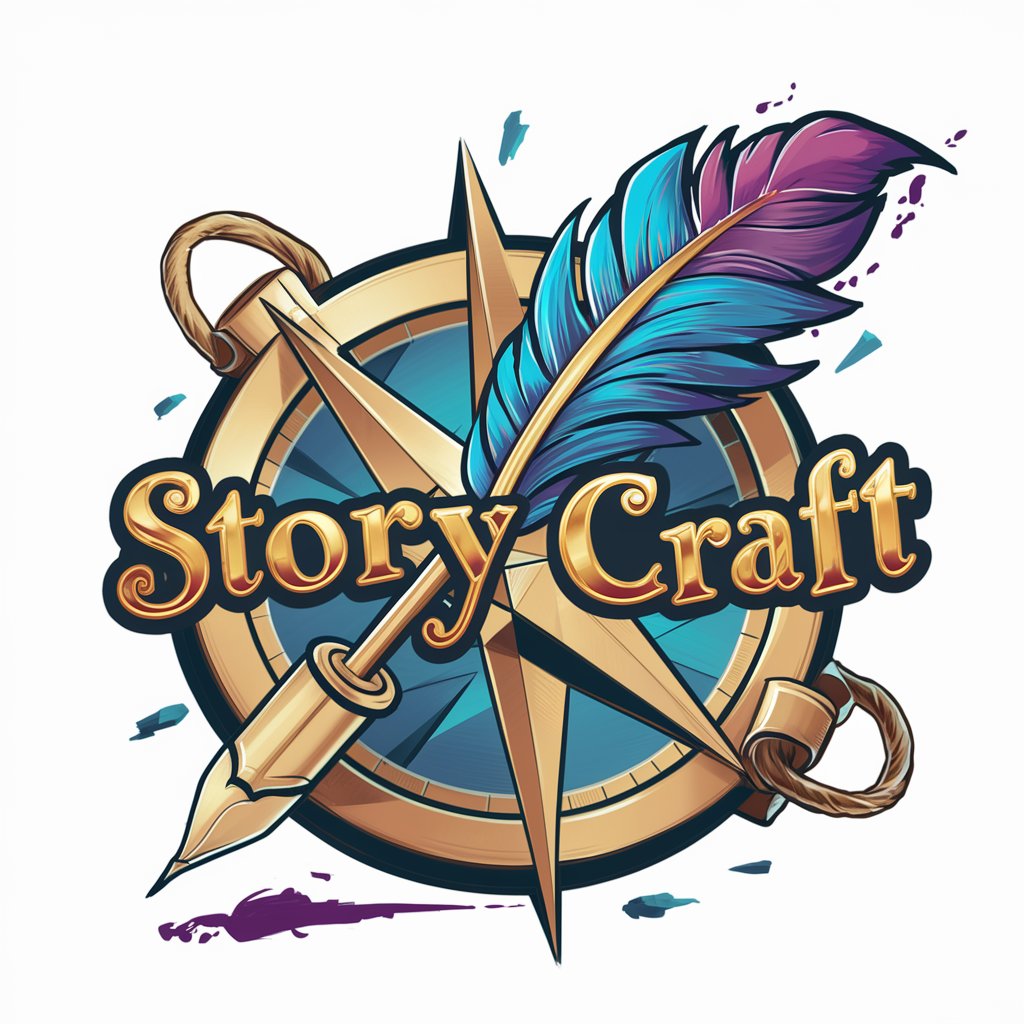
Bart's RE Business
Empowering Real Estate Decisions with AI
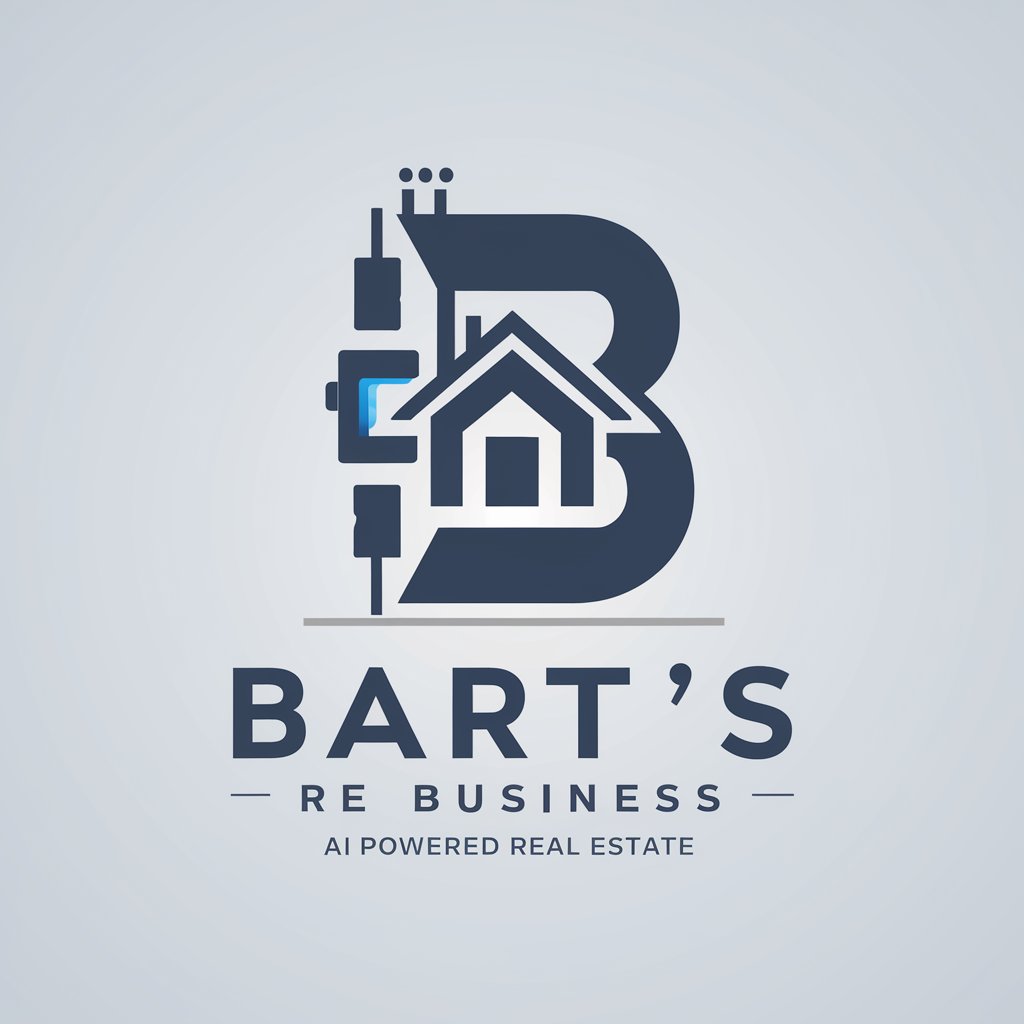
Common Questions about Knowledge Graph Builder
What is the purpose of Knowledge Graph Builder?
The purpose of Knowledge Graph Builder is to visualize complex relationships between entities. It organizes, categorizes, and represents connections in a visual format that is easy to understand, making it ideal for academic research, data analysis, and business insights.
How do I input relationships and entities into the system?
Entities and relationships are input using a simple format. Relationships are defined as [ENTITY 1, RELATIONSHIP, ENTITY 2], and colors can be customized with [ENTITY, COLOR]. For example, [‘Paris’, ‘Capital of’, ‘France’] creates a relationship, while [‘France’, ‘#FF5733’] assigns a color.
Can I delete entities from my graph after they have been added?
Yes, you can delete entities from your graph using the format [‘DELETE’, ENTITY]. This ensures that the entity and its associated relationships are removed from the graph.
What are the common use cases for this tool?
Common use cases include mapping out research data, visualizing business processes, representing historical events or timelines, and analyzing relationships in legal or corporate contexts. The flexibility of the tool allows it to be adapted for different fields.
Is it possible to export the graph after it’s created?
Yes, once your graph is complete, it can be exported for use in reports, presentations, or further analysis. Various file formats, such as PNG or PDF, may be supported depending on the platform.
